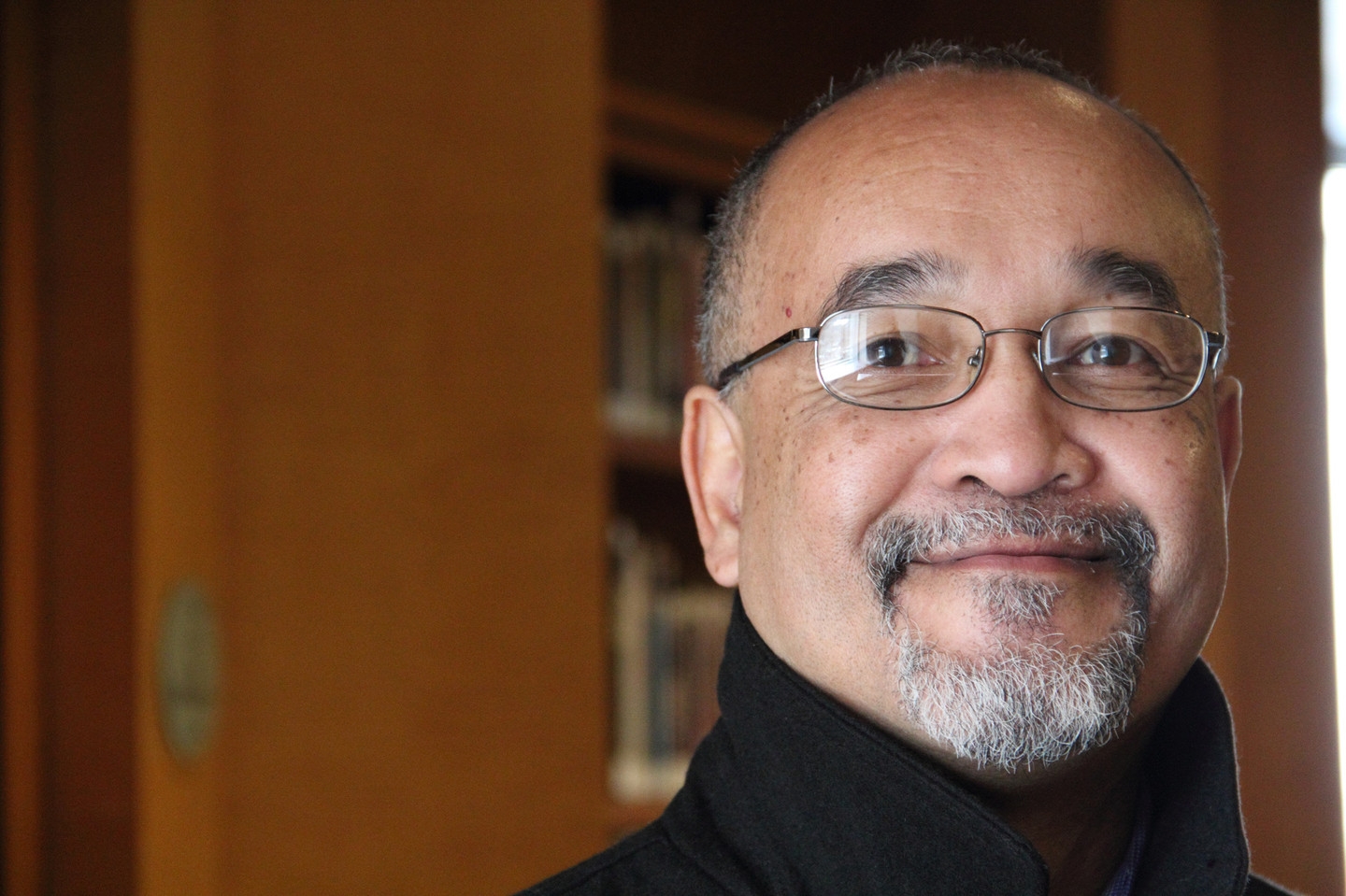Jim Crow During the Occupation of Japan
Jim Crow Black/White violent apartheid of the USA, was also practiced as American culture in the U.S. military during the Occupation of Japan.
A valid observation not typically discussed when examining the relationship between America and Japan. Then again, Fredrick D. Kakinami Cloyd presents an abundance of truths via his blog Dream of the Water Children: The Black Pacific.I had the pleasure of working with Fredrick D. Kakinami Cloyd and Dr. Mitzi Uehara-Carter at a University of California Berkeley forum hosted by The Center for Race and Gender in 2011. Our presentation entitled, Deployment, Bases, and the US Military in Movement: Imagining Japan and the Self Through Race and Sex, examined how racial narratives and identities are shaped and transformed as U.S. soldiers and veterans, local citizens, spouses, and tourists intermingle in Japan and Okinawa.
[ad]
In the time since our presentation, Kakinami Cloyd has completed his first book, Dream of the Water Children: Memory and Mourning in the Black Pacific, scheduled for publishing by 2Leaf Press (New York) in November 2017. I eagerly await the opportunity to buy his book.On Kakinami Cloyd's blog, a post of particular interest, Black and White GIs in Military prisons in Postwar Japan: Black Glasses Like Clark Kent, grabbed my attention. In the post, Kakinami Cloyd presents his readers with a look into Terese Svoboda's book, Black Glasses Like Clark Kent (Graywolf Press 2008). Svoboda begins her tale reflecting on her Uncle, Don Svoboda, a former U.S. Army Military Policeman that was stationed at the Eighth Army's Nakano Stockade located in Tokyo, Japan during the U.S. Occupation of Japan. The stockade was the largest in Asia; it eventually housed some 600 court-martialed American military personnel.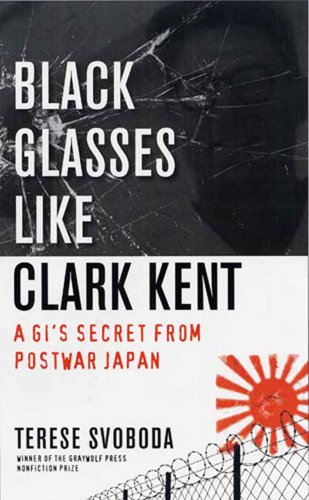 Svoboda's uncle provided her with cassette tapes that captured his life in Japan during the Occupation. On one tape, he describes how the U.S. Occupation authorities ordered his unit to reduce the number of prisoners jailed at the stockade. He further confessed that his Commanding Officer (CO), Captain Millar, called a meeting of all the MPs and announced that "the facility had become overcrowded and that they would have to start executing the prisoners, the one's in the death cells." His CO had gallows decorated with black bunting built. “He (Captain Millar) took care of the problem!" The tape ends. Don Svoboda would later commit suicide.
Svoboda's uncle provided her with cassette tapes that captured his life in Japan during the Occupation. On one tape, he describes how the U.S. Occupation authorities ordered his unit to reduce the number of prisoners jailed at the stockade. He further confessed that his Commanding Officer (CO), Captain Millar, called a meeting of all the MPs and announced that "the facility had become overcrowded and that they would have to start executing the prisoners, the one's in the death cells." His CO had gallows decorated with black bunting built. “He (Captain Millar) took care of the problem!" The tape ends. Don Svoboda would later commit suicide.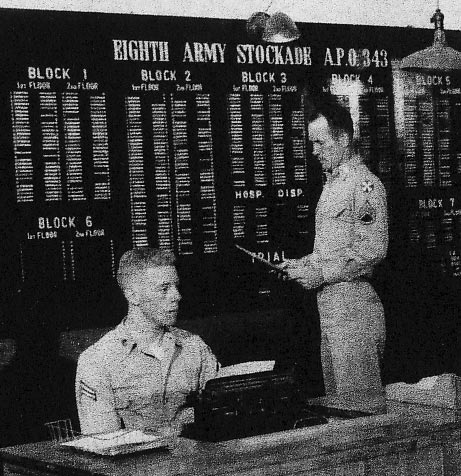 Did Don Svoboda insinuate that there where illegal hangings at the Eighth Army Nakano Stockade of American military personnel at the hands of their fellow soldiers? Terese Svoboda writes: "None of the documents I review about the stockade ever even mention the gallows, either its use or its construction, which, according to my uncle and all the other vets who remember it, was so elaborate. There’s the stench of lynching with so many black soldiers unaccounted for, a convenient execution of a black man for rape at a time when MacArthur needed an example."
Did Don Svoboda insinuate that there where illegal hangings at the Eighth Army Nakano Stockade of American military personnel at the hands of their fellow soldiers? Terese Svoboda writes: "None of the documents I review about the stockade ever even mention the gallows, either its use or its construction, which, according to my uncle and all the other vets who remember it, was so elaborate. There’s the stench of lynching with so many black soldiers unaccounted for, a convenient execution of a black man for rape at a time when MacArthur needed an example."
When President Truman ordered military integration in 1948, establishing the principle of equality “without regard to race, color, religion or national origin,” the Supreme Commander Douglas MacArthur refused to comply.
According to a Kirkus book review, "In 1946, Nakano was the Eighth Army stockade; it housed military personnel convicted of various crimes and waiting to be shipped home to serve their sentences. Most of the prisoners were Black men, who were convicted at far higher rates than white soldiers. (Svoboda discovered that 20 of the 21 reported executions in the Pacific during the war were of African-American soldiers. - see chart below)"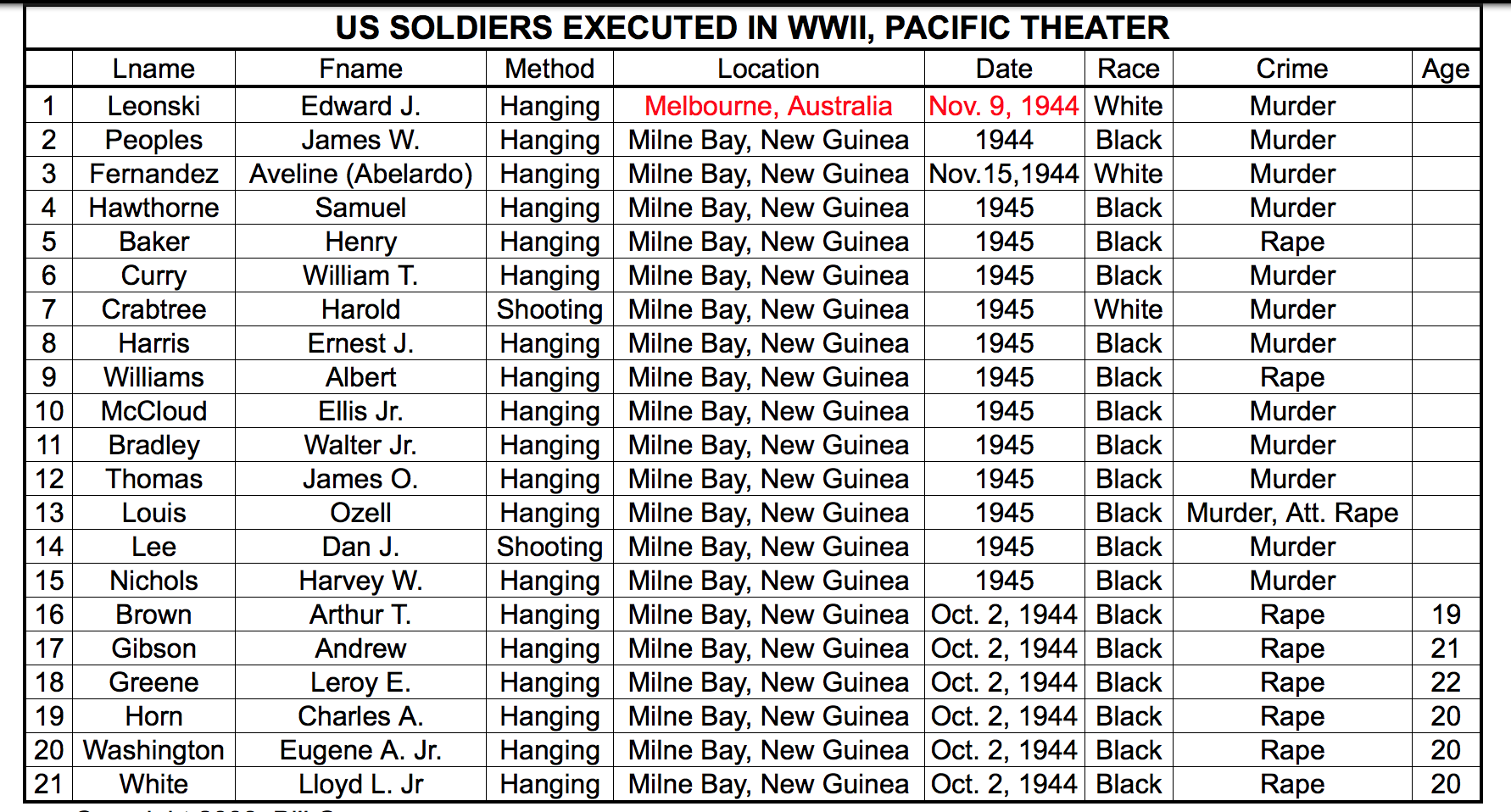 To add more to the story, when examining Svoboda's account, in the year 1945, Blacks accounted for 8.5 percent of the Army's average strength but 17.3 percent of the Army's total in rehabilitation centers, disciplinary barracks, and federal penal institutions. In 1946, although Blacks comprised 9.35 percent of the Army's total strength, 25.9 percent of those jailed.At Nagano Stockade, Blacks comprised the largest number of those imprisoned. Don Svoboda said that half the prisoners at the Nakano Stockade were Black. What impact did the policies of Supreme Commander for the Allied Powers, General MacArthur, and other policymakers have on those Black prisoners sentenced to death?
To add more to the story, when examining Svoboda's account, in the year 1945, Blacks accounted for 8.5 percent of the Army's average strength but 17.3 percent of the Army's total in rehabilitation centers, disciplinary barracks, and federal penal institutions. In 1946, although Blacks comprised 9.35 percent of the Army's total strength, 25.9 percent of those jailed.At Nagano Stockade, Blacks comprised the largest number of those imprisoned. Don Svoboda said that half the prisoners at the Nakano Stockade were Black. What impact did the policies of Supreme Commander for the Allied Powers, General MacArthur, and other policymakers have on those Black prisoners sentenced to death?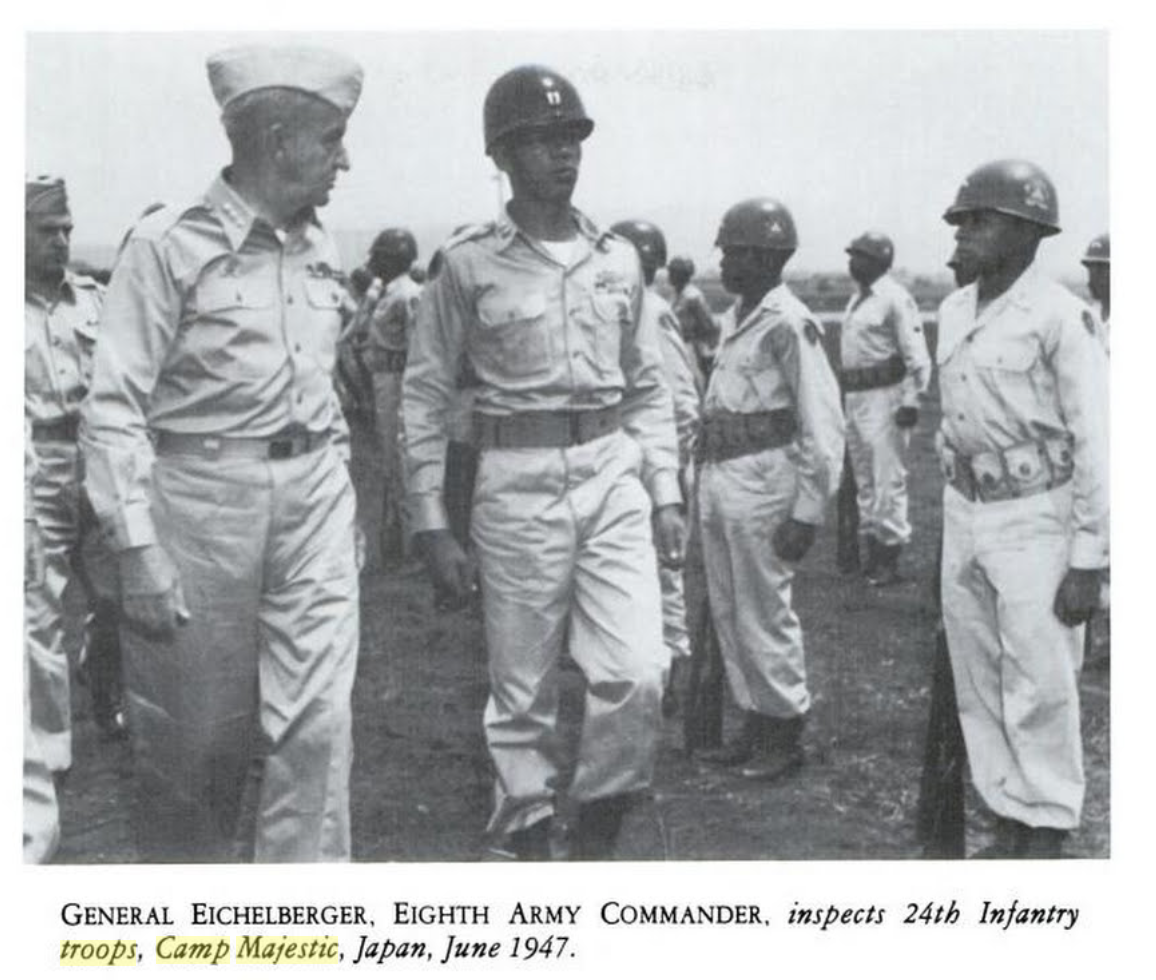 As history records, except for one Public Affairs Officer, a few Military Policemen and a few federal employees, the Eighth Army employed no Blacks in its headquarters in Tokyo, according to published reports. Should not be too surprising considering MacArthur's Jim Crow practices. The segregated 24th Infantry Regiment and the 77th Engineer Combat Company both occupied the former Japanese airfield of Kagamigahara then known by the U.S. Army as Camp Majestic (it was renamed Camp Gifu upon the arrival of the 24th Infantry), and the 159th Field Artillery Battalion based at Nara, was the only combatant commands where Blacks were welcomed, according to historical accounts in Black Soldier, White Army: The 24th Infantry Regiment in Korea. Other Blacks were assigned to service battalions that labored on the docks of Yokohama and other Japanese ports. These Blacks were often the first Americans that the Japanese came in contact with as they worked alongside or under the supervision of the Black soldiers. Yokohama was even compared to Harlem by a Red Cross worker that visited.
As history records, except for one Public Affairs Officer, a few Military Policemen and a few federal employees, the Eighth Army employed no Blacks in its headquarters in Tokyo, according to published reports. Should not be too surprising considering MacArthur's Jim Crow practices. The segregated 24th Infantry Regiment and the 77th Engineer Combat Company both occupied the former Japanese airfield of Kagamigahara then known by the U.S. Army as Camp Majestic (it was renamed Camp Gifu upon the arrival of the 24th Infantry), and the 159th Field Artillery Battalion based at Nara, was the only combatant commands where Blacks were welcomed, according to historical accounts in Black Soldier, White Army: The 24th Infantry Regiment in Korea. Other Blacks were assigned to service battalions that labored on the docks of Yokohama and other Japanese ports. These Blacks were often the first Americans that the Japanese came in contact with as they worked alongside or under the supervision of the Black soldiers. Yokohama was even compared to Harlem by a Red Cross worker that visited.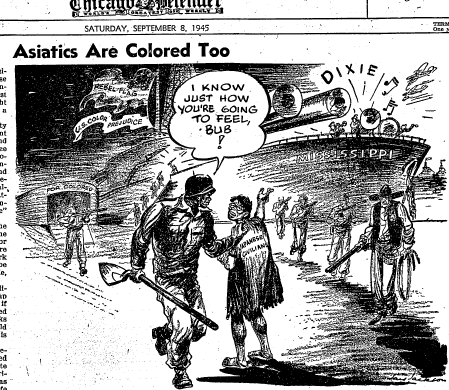 Black service units in Japan had a court-martial rate nearly double that of white Eighth Army units as a whole. Eighth Army reported that racial agitation was one of the primary causes of assault, the most frequent violent crime in Japan, in 1946. Agitation due to prejudice and race was not frequent at Camp Gifu, unlike in occupied Germany. This was many due to segregation and the base being isolated from other bases where white troops were stationed. The Black soldiers rarely met white soldiers assigned to all white regiments except for special occasions. Several racial incidents occurred when Black soldiers were assigned to duties in other base towns in occupied Japan such as Tokyo, Yokohama, Osaka or Kobe, according to testimony found in the dissertation, Gendering the "black Pacific": Race consciousness, national identity, and the masculine/feminine empowerment among African Americans in Japan under U.S. military occupation, 1945--1952, by Dr. Yasuhiro Okada. The chart below shows the percentage of all Black military prisoners charged with military and civil offenses during the occupation of Japan.
Black service units in Japan had a court-martial rate nearly double that of white Eighth Army units as a whole. Eighth Army reported that racial agitation was one of the primary causes of assault, the most frequent violent crime in Japan, in 1946. Agitation due to prejudice and race was not frequent at Camp Gifu, unlike in occupied Germany. This was many due to segregation and the base being isolated from other bases where white troops were stationed. The Black soldiers rarely met white soldiers assigned to all white regiments except for special occasions. Several racial incidents occurred when Black soldiers were assigned to duties in other base towns in occupied Japan such as Tokyo, Yokohama, Osaka or Kobe, according to testimony found in the dissertation, Gendering the "black Pacific": Race consciousness, national identity, and the masculine/feminine empowerment among African Americans in Japan under U.S. military occupation, 1945--1952, by Dr. Yasuhiro Okada. The chart below shows the percentage of all Black military prisoners charged with military and civil offenses during the occupation of Japan.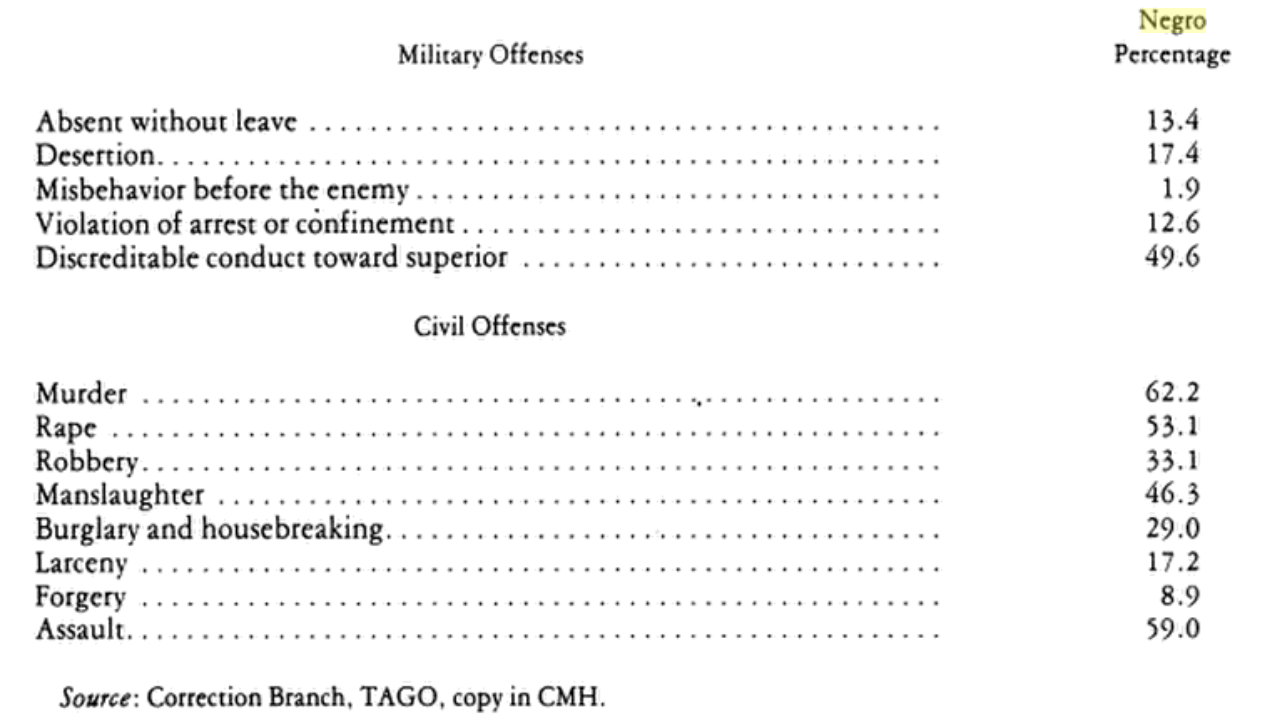 An SFGate book review of Black Glasses Like Clark Kent posited the following regarding the accusation of hangings at the Nakano Stockade: "Could these things have happened? They could have. But did they? With the weight of that possibility comes a heavier burden to back it up, which, unfortunately, she (Svoboda) is unable to do."It is known that "almost four times as many black soldiers as whites were executed in Europe after military courts-martial, even though blacks made up less than 10 percent of the troops. There were 1,136 cases in North Africa and Europe where American soldiers were found guilty of rape or murder. Black soldiers paid for capital crimes disproportionately at the gallows in the segregated military of that time, 55 Blacks and 15 whites executed after courts-martial in Europe during the war.Military data gathered in Europe show that blacks (or "colored," as the military referred to them then) made up 79 percent of the soldiers executed in Europe, as against 21 percent for whites. The rate of execution for black soldiers was even higher for the rape of civilians, for which 25 blacks (87 percent) and 4 whites (13 percent) were put to death. In 28 murder convictions, 22 blacks and 6 whites were executed. Of the 12 executed for murder and rape, 8 were black and 4 were white. The other execution was that of Eddie Slovik, a white, for desertion" (source). The executed soldier would be buried in a 95-cent cotton, Sears and Roebuck, mattress cover. Another execution of note during this period is that of Louis Till (pg. 2, second entry) hanged for the crime of rape and murder. His teenage son, Emmett Louis Till (July 25, 1941 – August 28, 1955), would become a victim of murder himself, as he was lynched in Mississippi during the American Civil Rights movement.
An SFGate book review of Black Glasses Like Clark Kent posited the following regarding the accusation of hangings at the Nakano Stockade: "Could these things have happened? They could have. But did they? With the weight of that possibility comes a heavier burden to back it up, which, unfortunately, she (Svoboda) is unable to do."It is known that "almost four times as many black soldiers as whites were executed in Europe after military courts-martial, even though blacks made up less than 10 percent of the troops. There were 1,136 cases in North Africa and Europe where American soldiers were found guilty of rape or murder. Black soldiers paid for capital crimes disproportionately at the gallows in the segregated military of that time, 55 Blacks and 15 whites executed after courts-martial in Europe during the war.Military data gathered in Europe show that blacks (or "colored," as the military referred to them then) made up 79 percent of the soldiers executed in Europe, as against 21 percent for whites. The rate of execution for black soldiers was even higher for the rape of civilians, for which 25 blacks (87 percent) and 4 whites (13 percent) were put to death. In 28 murder convictions, 22 blacks and 6 whites were executed. Of the 12 executed for murder and rape, 8 were black and 4 were white. The other execution was that of Eddie Slovik, a white, for desertion" (source). The executed soldier would be buried in a 95-cent cotton, Sears and Roebuck, mattress cover. Another execution of note during this period is that of Louis Till (pg. 2, second entry) hanged for the crime of rape and murder. His teenage son, Emmett Louis Till (July 25, 1941 – August 28, 1955), would become a victim of murder himself, as he was lynched in Mississippi during the American Civil Rights movement.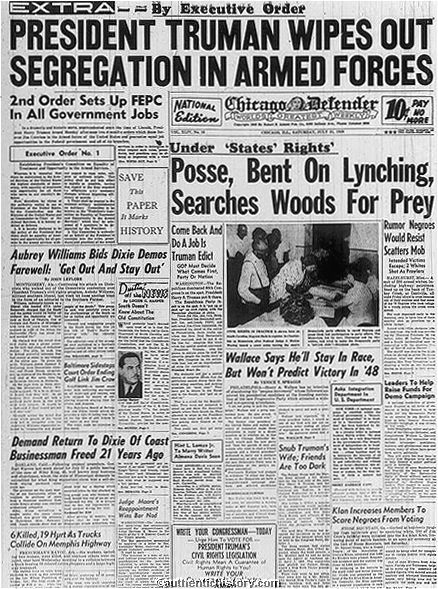 Given the climate of the era, it not a far reach for Svoboda to wonder if there were other executions at the Nagano Stockade. "The United States Army carried out 141 executions over a three-year period from 1942 to 1945, and a further six executions were conducted during the postwar period, for a known total of 147." An interesting note is that the U.S. War Department did not prepare its Pamphlet 27-4, Procedure for Military Executions, published June 12, 1944, by order of the Secretary of War, until after the Army's had already hanged at least one soldier in Australia (Nov. 04, 1942) and one in England (March 12, 1943), respectively.Svoboda writes, "the official records show that no one on the stockade’s rolls was condemned to death." However, in December 2003, a document discovered at the Pentagon behind a filing cabinet during a cleanup of offices listed the executions under U.S. military jurisdiction from 1945 through 1961. Remember, Svoboda's uncle, Don, worked as anMP at Nagano Stockade from April to June 1946.
Given the climate of the era, it not a far reach for Svoboda to wonder if there were other executions at the Nagano Stockade. "The United States Army carried out 141 executions over a three-year period from 1942 to 1945, and a further six executions were conducted during the postwar period, for a known total of 147." An interesting note is that the U.S. War Department did not prepare its Pamphlet 27-4, Procedure for Military Executions, published June 12, 1944, by order of the Secretary of War, until after the Army's had already hanged at least one soldier in Australia (Nov. 04, 1942) and one in England (March 12, 1943), respectively.Svoboda writes, "the official records show that no one on the stockade’s rolls was condemned to death." However, in December 2003, a document discovered at the Pentagon behind a filing cabinet during a cleanup of offices listed the executions under U.S. military jurisdiction from 1945 through 1961. Remember, Svoboda's uncle, Don, worked as anMP at Nagano Stockade from April to June 1946.
[ad]
In looking at the Eighth Army's execution in Japan of 32-year-old Private Stratman Armistead, a colored soldier, he was executed by hanging on 16 December 1948. An additional execution by hanging recorded at the Nakano Stockade occurred on March 11, 1950, that of 20-year-old U.S. Air Force Private First Class Robert E. Keller, described as having dull normal intelligence, for the crime of First Degree Murder. Both of these executions are recorded on the document discovered at the Pentagon. I am unsure if the Mexican-American serviceman hanged for his crimes a few days later after Armistead at the Nagano Stockade is listed on the rolls.Where are the full records for the years during the Occupation of Japan? Is the lack of records on crimes and punishments due to the censorship imposed on the Japanese press, the American press pool in Japan and internal GHQ military reports by order of General MacArthur? It's documented that MacArthur had no problem with censoring or outright stopping the flow of information. He also had no problem maintaining Jim Crow segregation throughout the Pacific Theater to "keep the peace."For example, "when President Franklin Roosevelt sent U.S. troops to Australia as part of the war effort against Japan, the Australian government of Prime Minister John Curtin was delighted...until it realized that some of the soldiers were Black. This clashed with the decades-old White Australia Policy that imposed racist restrictions on who could enter the country. The Australian authorities tried to exclude the Blacks at first, then settled for plans by the Allied Supreme Commander, U.S. Gen. Douglas MacArthur, to keep the soldiers segregated, as in the U.S. south."MacArthur also knew of the possibility of mutiny. Lyndon Johnson, then a young congressman, reported how 600 Black U.S. troops stationed in the Australian city of Townsville during the Second World War seized their base in May 1942 and tried to kill their white officers with machine gun fire. Once the mutiny was quelled, the soldiers were rushed out of Australia to New Guinea--then the front lines in the battle against Japanese forces, according to Tom O'Lincoln, author of Australia's Pacific War: Challenging a National Myth.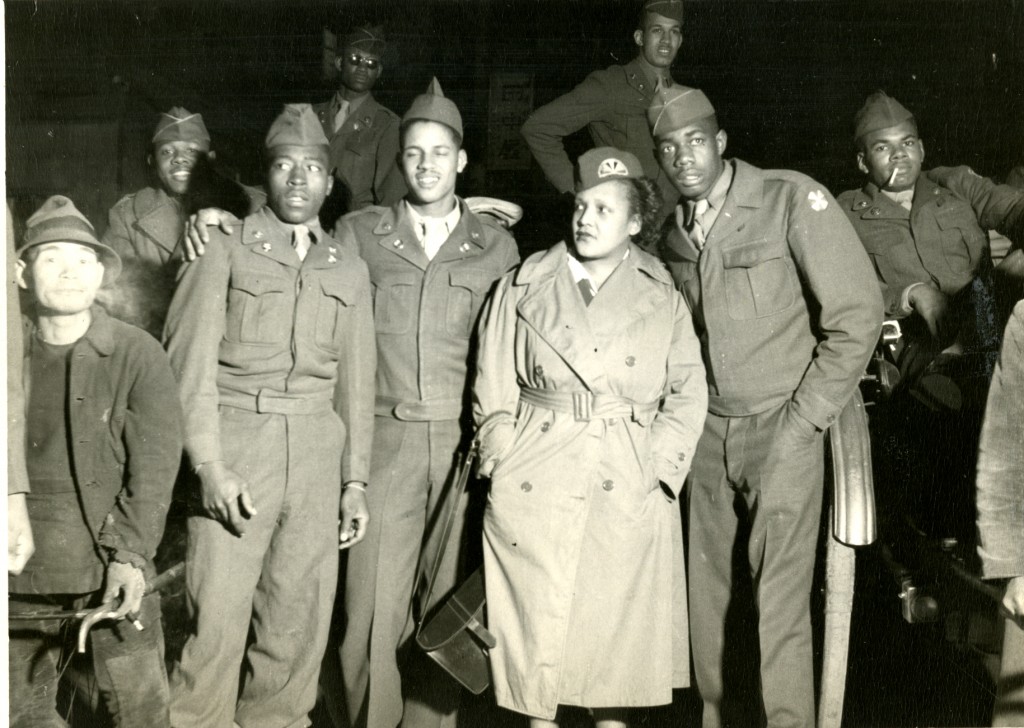 The negro problem with white soldiers in occupied Japan would begin to heat up. An index at the National Archives has a letter from a Mr. Leon Guess “concerning the number of Negro soldiers executed as a result of courts-martial” dated July 7, 1946, about the time it would take for news of a May execution to get back to the States, but there’s only the index notation, no letter, the only one missing in the file."
The negro problem with white soldiers in occupied Japan would begin to heat up. An index at the National Archives has a letter from a Mr. Leon Guess “concerning the number of Negro soldiers executed as a result of courts-martial” dated July 7, 1946, about the time it would take for news of a May execution to get back to the States, but there’s only the index notation, no letter, the only one missing in the file."
Could any of the 202 American military personnel in Occupied Japan, listed as Unknown, been executed for crimes?
Sovboda writes: "Recorded courts-martial for rape during the occupation are few. The Judge Advocate General’s Board of Review for the year 1946, when the R.A.A. (Recreation and Amusement Association) closed, shows only 6 courtmartialed. The Return of General Prisoners from the 8th Army stockade in Tokyo, where all GI prisoners were incarcerated prior to returning to America, lists 6 soldiers sentenced for rape during spring 1946. The Index to the Board of Review Opinions of the Branch Office of the JAG (1942-1949) shows only two courts-martial listed during the same period."
Svoboda, in interviewing many veterans who had served at the Eighth Army's Nagano Stockade writes that five of them remembered “a colored boy” being executed for rape in May; none of them remembered his name; two thought there was more than one execution. No records from the 8th Army stockade report any executions, and neither Truman nor MacArthur signed any military execution papers during 1946, the year that the soldiers remember the hanging. In addition, no records speak of the use, or even the building of the very large gallows."
Why did Don Svoboda commit suicide? Maybe the letter missing from the National Archive provides the clues.

